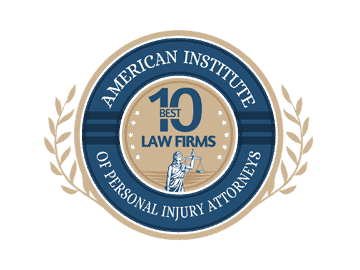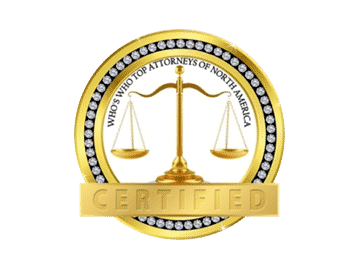The Power of Seatbelts to Reduce Injury Risk
Driving is an activity that millions of people in the United States engage in every day. While the majority of motor vehicle trips are completed without incident, the National Highway Traffic Safety Administration (NHTSA) reported that in 2012 alone, there were an estimated 5.6 million motor vehicle accidents, causing 2.4 million injuries and over 33,000 deaths. While driving can be dangerous, an easy way to reduce your risk of harm in a car accident is to simply wear your seatbelt.
Seatbelts are one of the most important aspects of staying safe while driving. For more information on the power of seatbelts, as well as how to properly use seatbelts for everyone in your car, refer to the following.
Why Seatbelts Matter
According to the Centers for Disease Control and Prevention (CDC), seatbelt use reduces the risk of death or serious injury by 50 percent in the case that a motor vehicle accident does occur.
Furthermore, data published by the NHTSA states that in nighttime crashes in 2011, 62 percent of motorists who died in accidents weren’t wearing a seatbelt. In 2011, seatbelts saved an estimated 11,949 lives, and 3,384 more people would be alive today if they would have worn seatbelts, according to the NHTSA.
Seatbelts for Children
Children should always wear a seatbelt once they are no longer using car seats. However, a seatbelt worn improperly can be incredibly dangerous to a child, and will not offer the protection it should. If your child is under the age of eight, he or she should be using a booster seat along with the seatbelt. Furthermore, a booster seat for a child should not be retired until the child is tall enough to sit with his or her back against the vehicle’s seat without slouching, and have his or her feet sit flat on the ground.
Additionally, a child should never be allowed to put the shoulder strap behind his or her back. Rather, the shoulder strap should remain firmly positioned over the chest and shoulder.
For added protection, make sure that if your child is under the age of 13, he or she sits in the back seat, not the front. Sitting in the front seat can be deadly for a child in the event that an accident occurs, even while wearing a seatbelt, because of the dangers of airbags for young children.
Buckling Up is the Law
According to the National Safety Council, 49 states, as well as the District of Columbia, have laws mandating the use of seatbelts (the only state that does not is New Hampshire).
As such, not only is buckling up the safest thing that you can do to protect both yourself and your loved ones, it’s also illegal to not wear your seatbelt. With many law enforcement agencies around the country toughening up on those who don’t buckle up, you may be ticketed if you fail to wear a seatbelt.
If You’ve Been Injured in a Car Accident
Unfortunately, while wearing seatbelts reduces risk of injuries in the event of a car accident, injuries and fatalities can still happen to those wearing a seatbelt. If you were involved in an accident where another driver was at fault, and if you suffered serious injuries, you may be eligible to recover damages.
At Rob Levine & Associates, we know how traumatizing an accident can be. For help understanding your rights as a car accident victim, as well as how you can best pursue your claim, call Rob Levine, the Heavy Hitter, at 800-LAW-1222








